Get Ready for Winter Gardening in the Desert Southwest: 3 Key Steps to Success

Winter gardening in the desert Southwest can be a fruitful and rewarding experience. Cooler temperatures make it easier to work outdoors, and with proper planning, your garden can thrive. But before you jump in, it’s crucial to get ready. With the right steps, you’ll have a productive winter season. Below are three key steps for successful winter gardening. Let’s dive in.
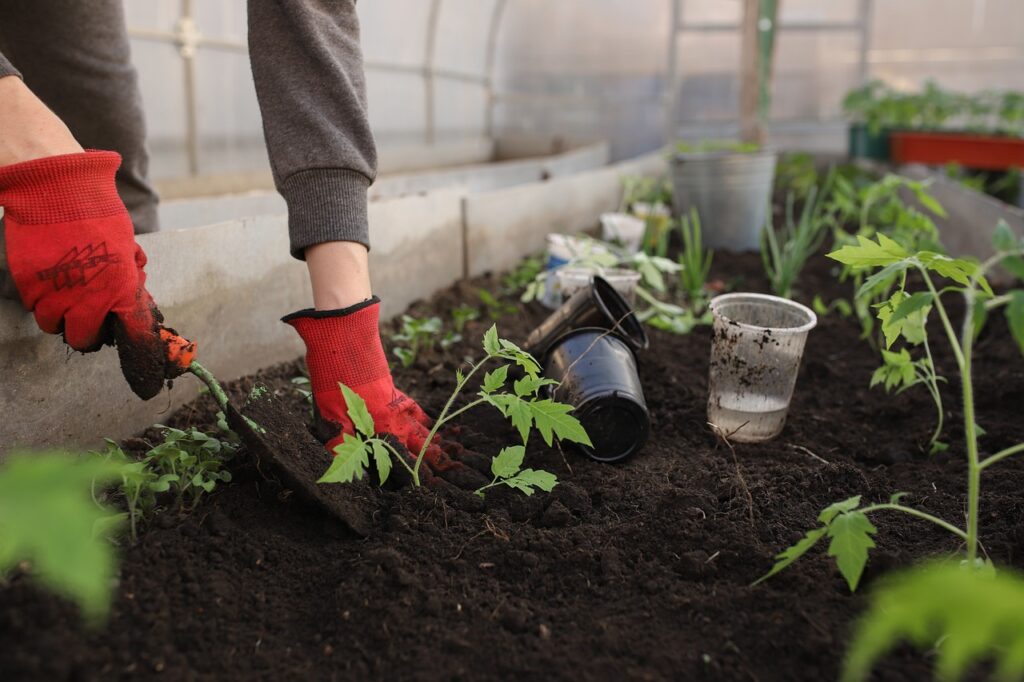
1. Plan for the Winter Sun
Winter sun is different from summer sun in the desert. During winter gardening, the sun shifts lower in the sky. This means the light hits your garden at a different angle. Plants that thrived in full sun during summer may now need to be relocated.
Evaluate Sun Exposure
Walk through your garden in the morning and afternoon. Check how sunlight hits different areas. Are there shadows from trees, walls, or structures that weren’t there before? Areas that received full sunlight in summer may now be partially shaded. You’ll need to adjust plant placement based on this change.
For winter gardening success, it’s important to place your sun-loving plants where they will get full exposure throughout the day. South-facing areas are ideal for maximizing sunlight during the winter months. If you can, clear away obstacles or trim overgrown trees that might block the winter sun. Reflective surfaces can help increase sunlight exposure. Use light-colored mulch or reflective materials around your plants. This will bounce sunlight onto your plants, providing extra warmth and light. In Arizona, where winter days are shorter, every bit of sunlight counts.
Plan for Wind Issues
Wind can be a major factor in microclimates, especially in the desert. Some parts of your garden might be more exposed to wind, which can dry out plants quickly. Other areas might be sheltered by walls or shrubs. Wind-prone spots may need hardy, drought-tolerant plants. Sheltered areas, including greenhouses, could support more delicate varieties.

Protect Cold-Sensitive Plants
In the desert, nights can get chilly during winter. Certain plants are more vulnerable to cold snaps and frost. To protect them, consider using frost cloths. These are light, breathable fabrics that you can drape over plants to insulate them from the cold and snowfall.
Move container plants to warmer areas, such as patios or closer to walls. These structures absorb heat during the day and release it at night, offering extra warmth to your plants.
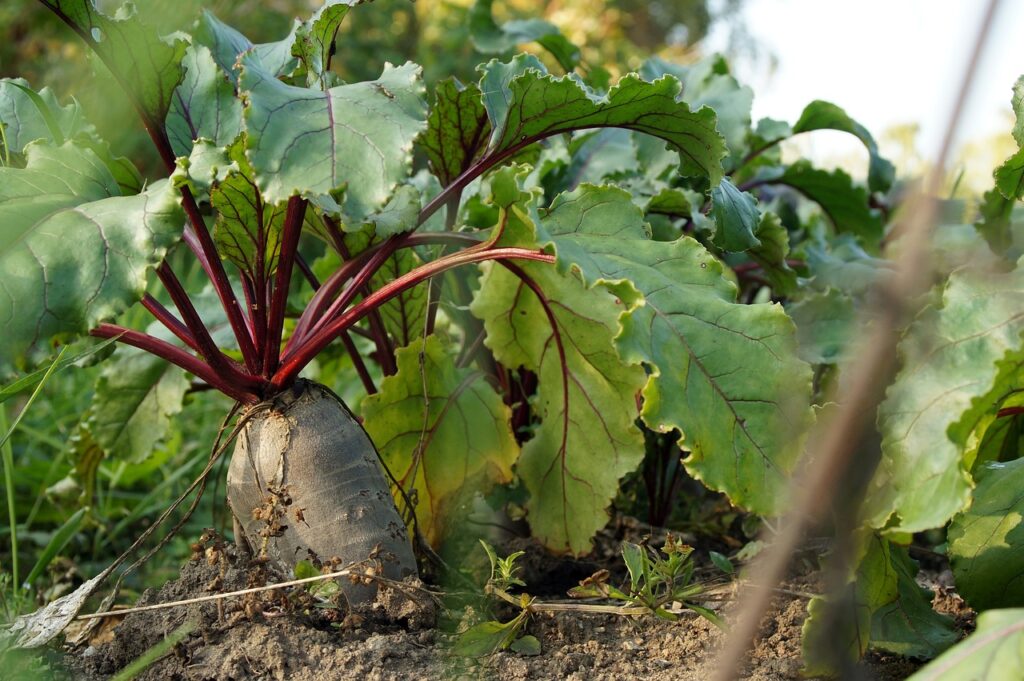
2. Choose the Right Plants for Winter Gardening
Not every plant will thrive during the cooler months in the desert Southwest. Winter gardening is about selecting the right plants that can handle the unique conditions of the season. Luckily, many vegetables, herbs, and even flowers do well during this time of year.
Cool-Season Vegetables
Winter gardening is the perfect time to grow leafy greens. Varieties like kale, spinach, and lettuce love the cooler temperatures. Root vegetables such as carrots, beets, and radishes also perform well. These plants thrive in the mild winter temperatures of the desert and grow sweeter as the nights get cooler.
Other vegetables to consider include broccoli, cauliflower, and peas. These plants appreciate the chill and grow steadily throughout the season. Start with seedlings for a quicker harvest, or sow seeds directly into your garden in early fall.
List of Cool-Season Vegetables for Winter Gardening
Leafy Greens:
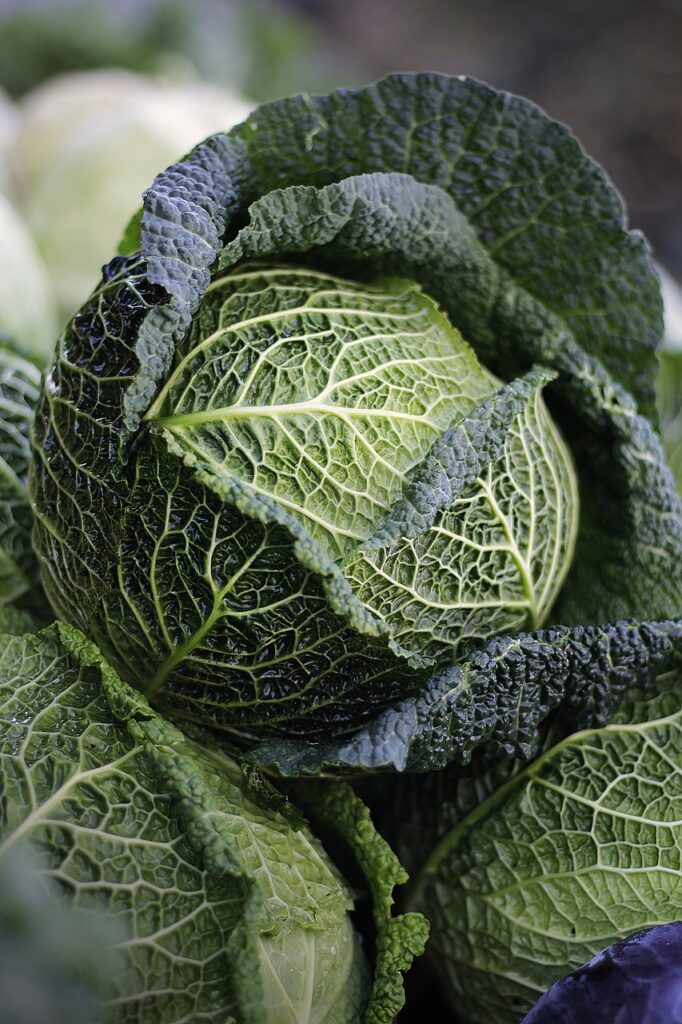
- Spinach
- Kale
- Lettuce (Romaine, Butterhead)
- Swiss Chard
- Arugula
- Collard Greens
Root Vegetables:
- Carrots
- Beets
- Radishes
- Turnips
- Parsnips
Brassicas (Cabbage Family):
- Broccoli
- Cauliflower
- Brussels Sprouts
- Cabbage
- Kohlrabi
Legumes:
- Peas (Snow Peas, Sugar Snap Peas)
- Fava Beans
Alliums:
- Onions (Green Onions, Bulb Onions)
- Garlic
- Leeks
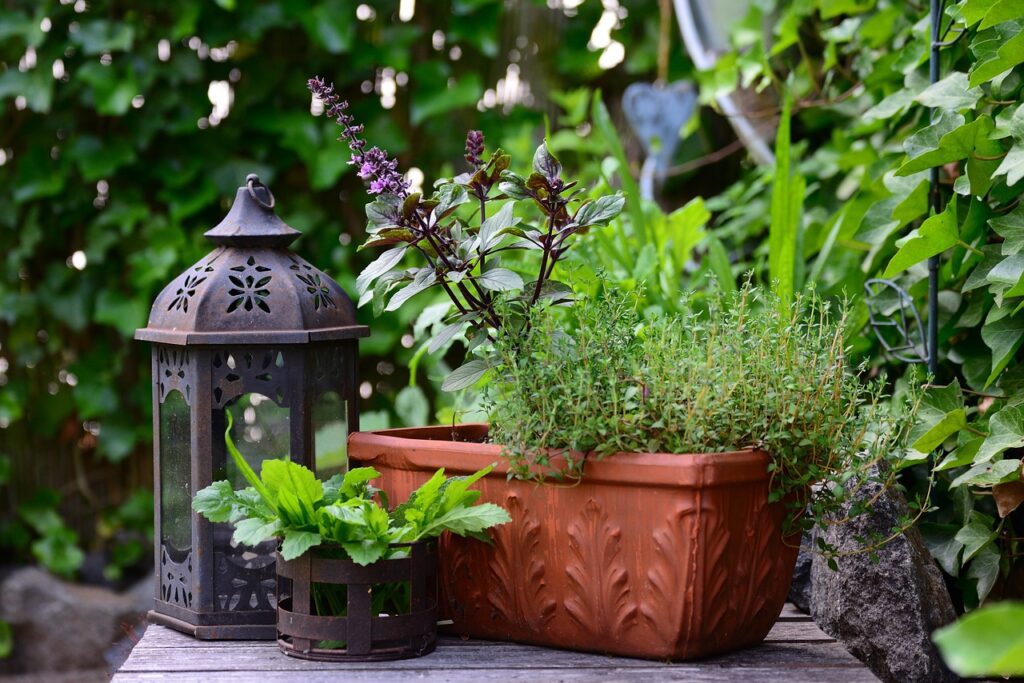
Herbs and Flowers for Winter Gardening
Don’t forget to add herbs and flowers to your winter garden. Hardy herbs like rosemary, parsley, and thyme tolerate cool weather. These herbs grow fast and add flavor to your winter dishes.
For a pop of color, plant pansies, violas, and snapdragons. These flowers handle the cold well and will keep your garden looking vibrant all winter long. Winter gardening isn’t just about vegetables—it’s about creating a space that’s both beautiful and productive.
List of Cool-Season Herbs and Edible Flowers
Cool-Season Herbs:
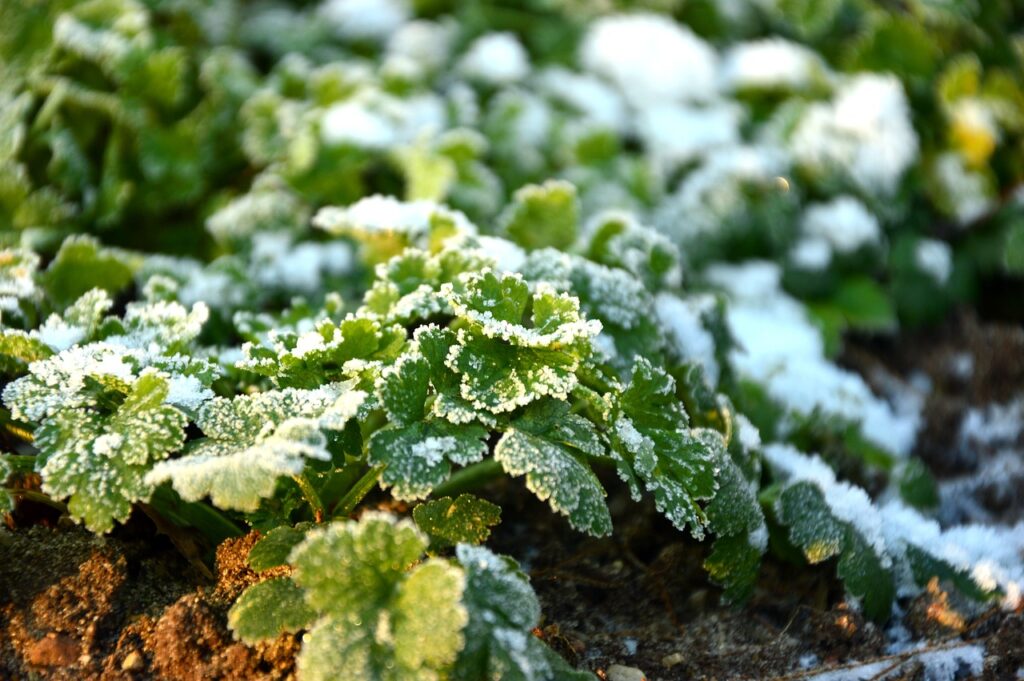
- Cilantro
- Parsley (Curly and Flat-leaf)
- Thyme
- Sage
- Chives
- Oregano
- Fennel
- Dill
- Mint (in containers to prevent spreading)
- Tarragon
Edible Flowers:
- Pansies
- Violas
- Calendula
- Nasturtiums
- Snapdragons
- Borage
- Chrysanthemums
- Dianthus (Carnations and Pinks)
- Lavender (certain varieties)
- Chamomile
3. Soil and Water Management for Winter Gardening
Your soil needs care and preparation to support winter gardening. Soil health is critical to plant success, especially when the temperatures drop.
Amend the Soil
After the long, hot summer, soil in the desert Southwest can become compacted and nutrient-depleted. For winter gardening, you’ll want to loosen the soil and add organic matter. This could be compost, aged manure, or mulch. These materials will improve soil structure, boost fertility, and help retain moisture.
Work the compost into the top few inches of soil with a garden fork. This helps aerate the soil while delivering nutrients where your plants’ roots can reach them. Be sure to avoid over-tilling, as it can disrupt beneficial microorganisms.
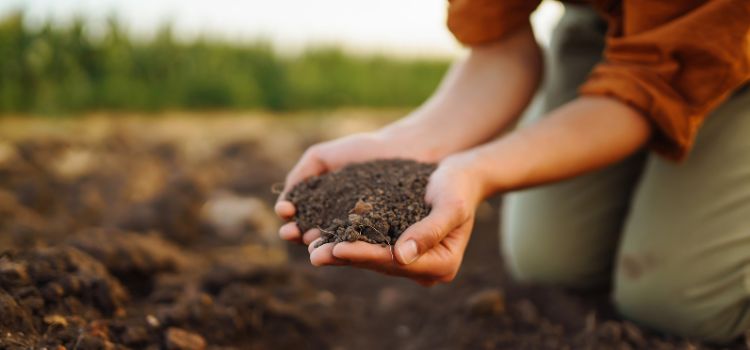
Mulch for Moisture and Heat Retention
Moisture can be a challenge in the desert, even during winter. To keep your soil hydrated, add a layer of mulch. This will help lock in moisture and prevent evaporation. Organic mulches like straw, leaves, or shredded bark work best. They’ll slowly break down and add more nutrients to your soil over time.
Apply the mulch around your plants, leaving a small gap around the base of each plant to avoid rot. A two- to three-inch layer should be enough to insulate the soil and keep it moist.
Water Deeply and Consistently for Winter Gardening
Winter gardening still requires consistent watering, but you may not need to water as often as in summer. Desert winters tend to be dry, so it’s important to monitor soil moisture and consider regular irrigation. Water deeply, allowing the moisture to reach the roots, but avoid overwatering.
Check the soil every few days by sticking your finger an inch or two into the ground. If it feels dry, it’s time to water. Make sure to water in the morning so the plants can absorb moisture before the temperature drops at night.
Final Thoughts on Winter Gardening in the Desert Southwest
Winter gardening in the desert Southwest requires planning, the right plants, and good soil care. By focusing on sun exposure, choosing cool-season crops, and preparing your soil, you’ll set your garden up for success. Winter doesn’t mean the end of gardening. It’s a new opportunity to grow in a cooler, more manageable environment.
Start planning now. Winter is right around the corner. Follow these steps and enjoy a thriving winter garden all season long.
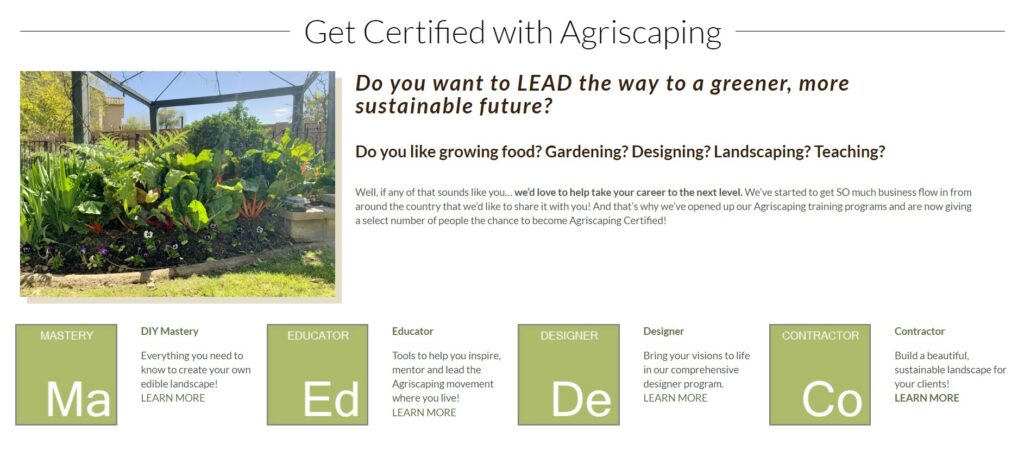
Read Our Latest Posts…
- 7 Garden Design Themes for Your Elegant Edible Landscape
 Expert tips for desert gardening, from plant zoning and efficient irrigation to soil care and agriscaping for a sustainable landscape.
Expert tips for desert gardening, from plant zoning and efficient irrigation to soil care and agriscaping for a sustainable landscape. - Subterranean Trampoline Gardens: A Hidden Oasis for Growing and Playing
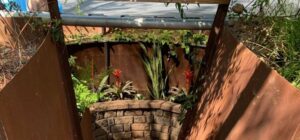 Expert tips for desert gardening, from plant zoning and efficient irrigation to soil care and agriscaping for a sustainable landscape.
Expert tips for desert gardening, from plant zoning and efficient irrigation to soil care and agriscaping for a sustainable landscape. - 7 Elegant Edible Flowers To Be Thankful For
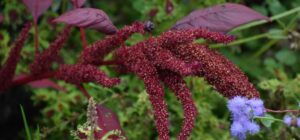 Expert tips for desert gardening, from plant zoning and efficient irrigation to soil care and agriscaping for a sustainable landscape.
Expert tips for desert gardening, from plant zoning and efficient irrigation to soil care and agriscaping for a sustainable landscape. - Top 10 Winter Wonders: Beautiful and Edible Flowers for the Cool Season
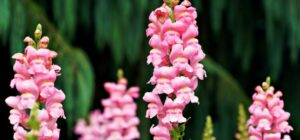 Expert tips for desert gardening, from plant zoning and efficient irrigation to soil care and agriscaping for a sustainable landscape.
Expert tips for desert gardening, from plant zoning and efficient irrigation to soil care and agriscaping for a sustainable landscape. - Create Your Own “Farmacy” with Healing and Aromatic Herbs
 Expert tips for desert gardening, from plant zoning and efficient irrigation to soil care and agriscaping for a sustainable landscape.
Expert tips for desert gardening, from plant zoning and efficient irrigation to soil care and agriscaping for a sustainable landscape.
